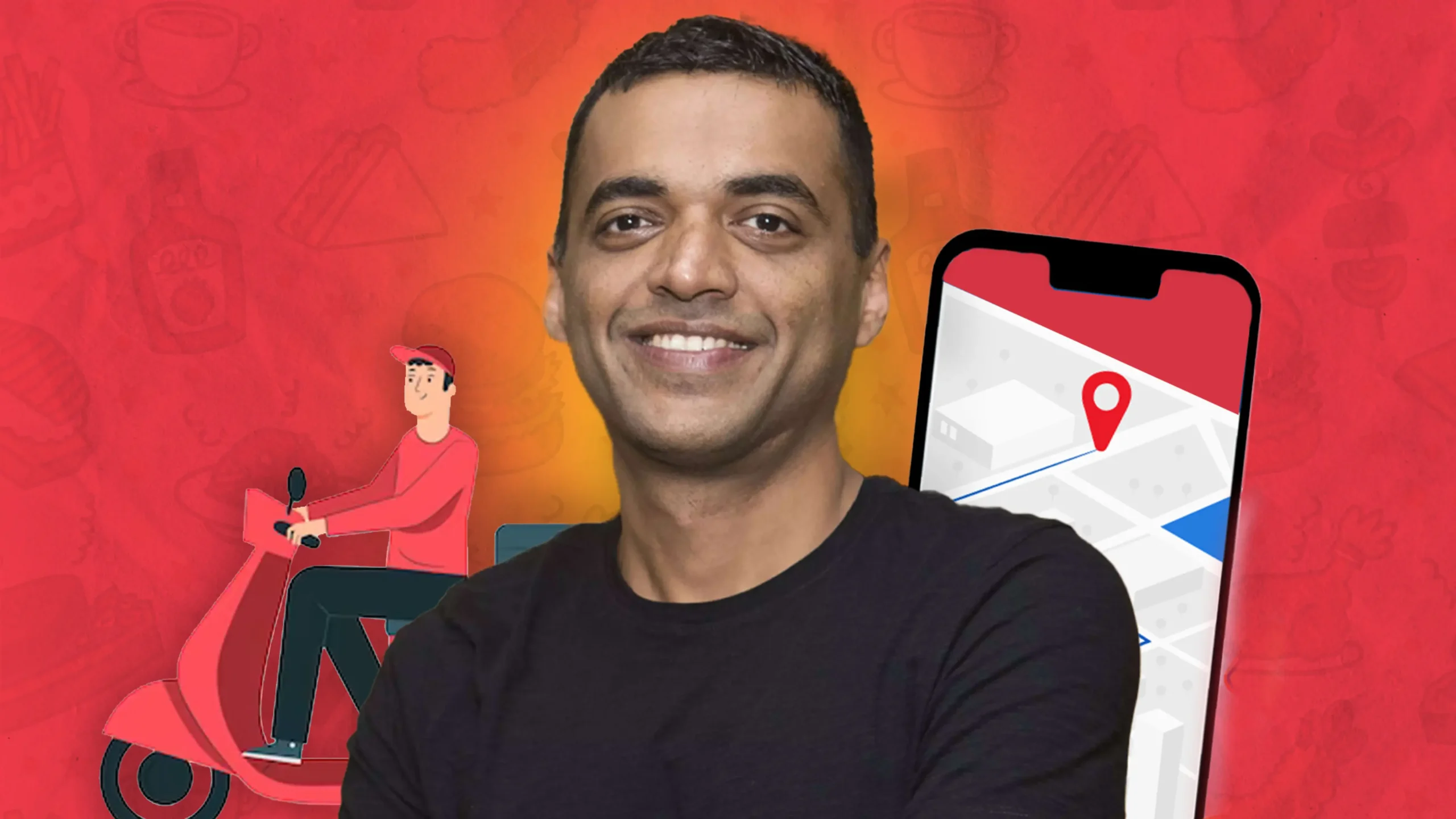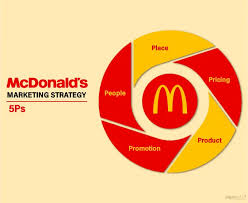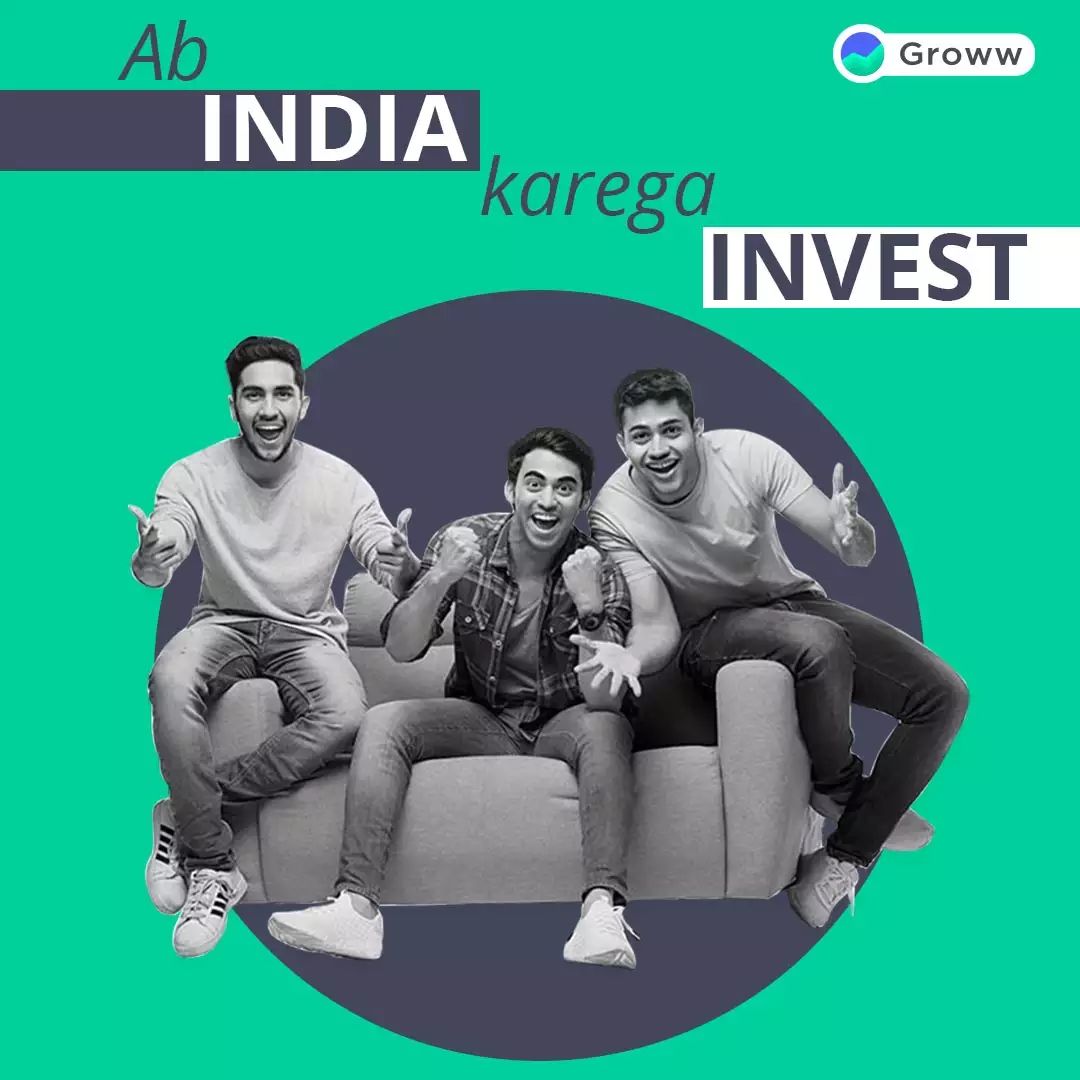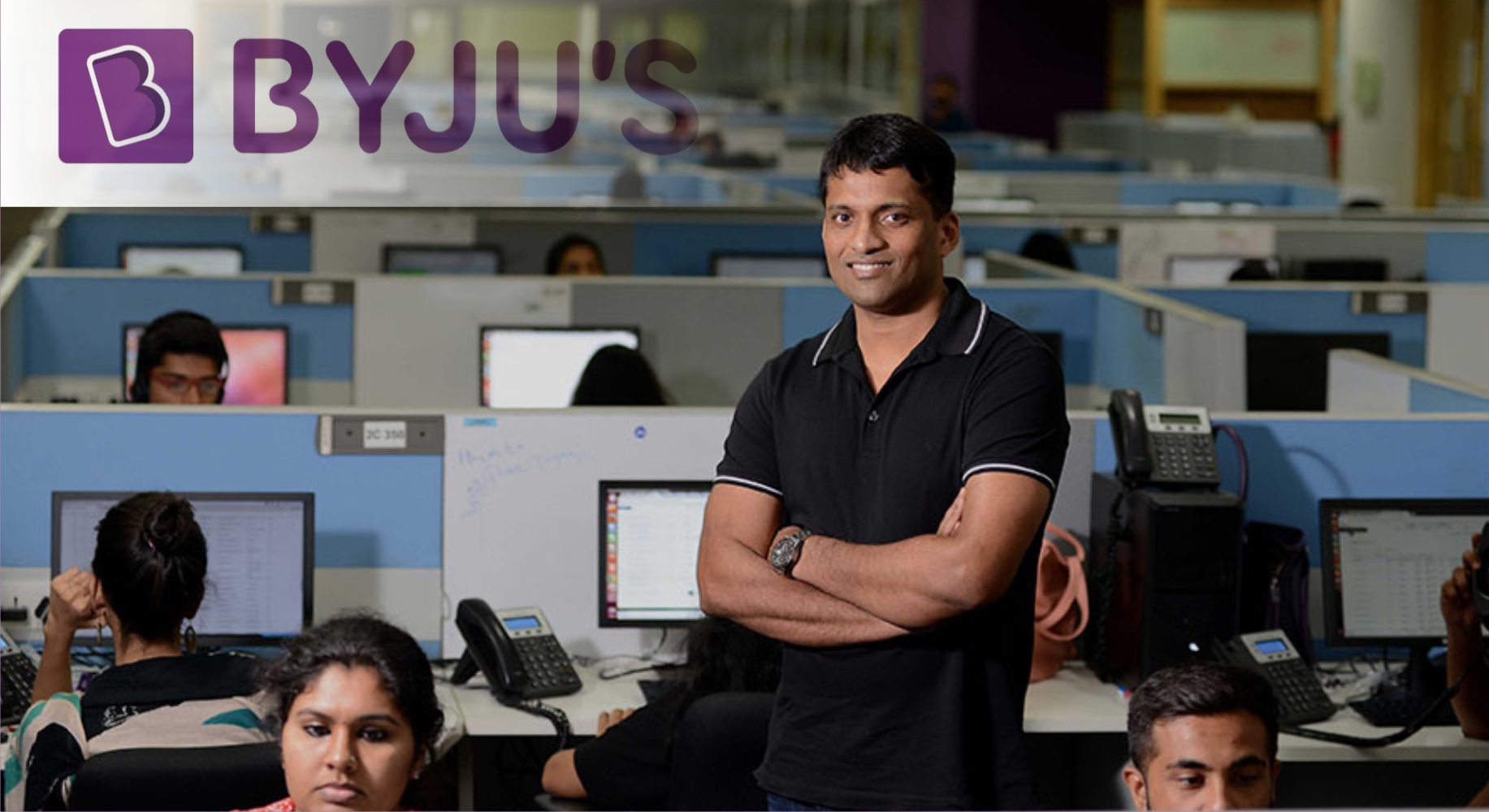Zomato initially set out to become the leading restaurant search and discovery platform, providing detailed information on over 1.4 million establishments across 23 countries. This included restaurant names, menus, pricing, reviews, and more.
Over the years, Zomato has transformed into a comprehensive food delivery service. Users can now order food via their app or website, with Zomato delivery personnel collecting orders from restaurants and delivering them to customers’ doorsteps.
Discussing Zomato’s approach, Deepinder Goyal, Co-founder and CEO, states, “If something does not go as planned, the core team of Zomato is always ready to pick it up and go through it afresh, making necessary changes.”
Recently, Zomato made headlines with several notable developments. In 2022, Zomato acquired Blinkit, a quick commerce app, aiming to compete with Swiggy Instamart and Zepto in the fast-paced commerce market. Additionally, the food delivery giant relaunched its “Gold Loyalty Programme” at the beginning of 2023 and began testing an extra Platform fee of INR 2 for Zomato Gold members. Another highlight was Zomato’s collaboration with Crocs to celebrate the Monsoon Season in style.
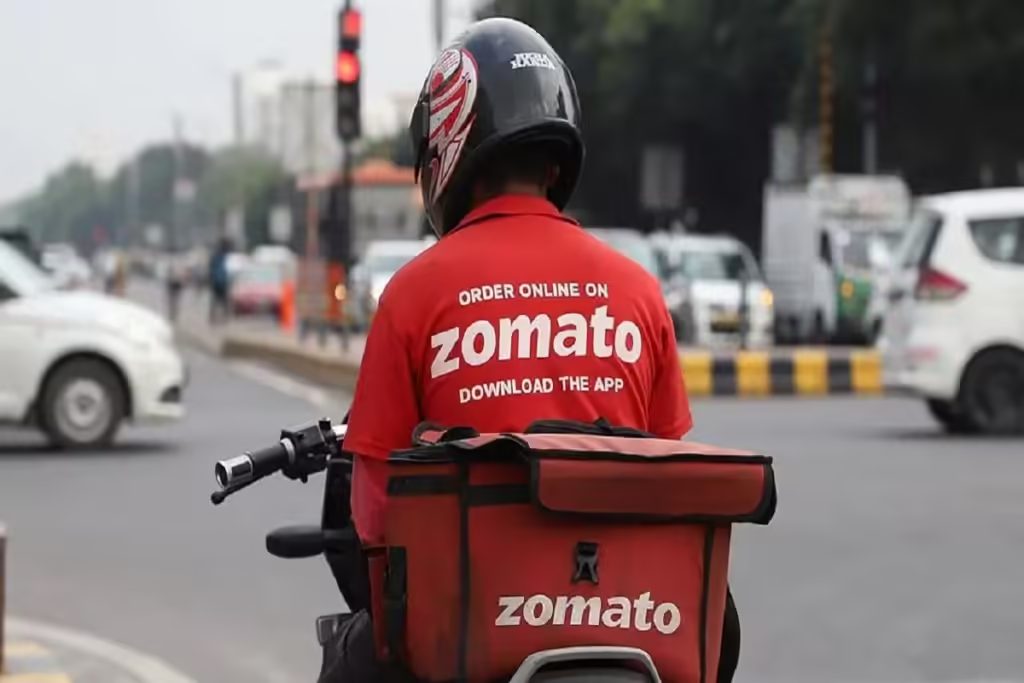
The Success of Zomato
Zomato’s success can be attributed to its distinctive business model, which revolves around online food supply, offering information, user reviews–
- Customer Segments: Zomato caters to three main customer segments: local restaurants, reviewers, and users.
- Zomato Provisions: Zomato has established a robust valuation model for its food delivery services. Initiatives like Zomato Gold and Piggybank have significantly elevated the service quality.
- Alliances: Zomato has forged strategic partnerships with major brands such as Visa, Uber Taxi, and PayPal, enhancing its business model.
Digital Marketing Channels: Zomato uses Google AdWords for search ads, targeting keywords like “food,” “online ordering,” and specific restaurant names. It also runs Google Display ads to reach people on various apps and third-party websites.






